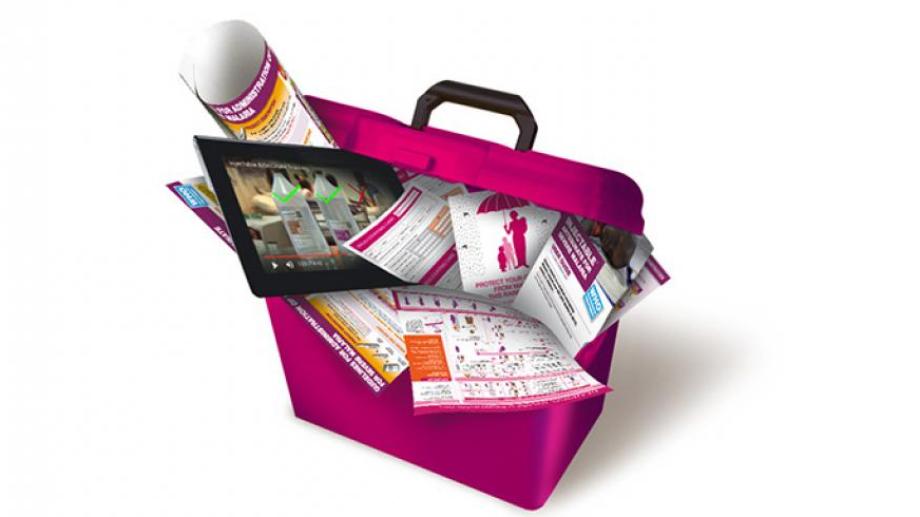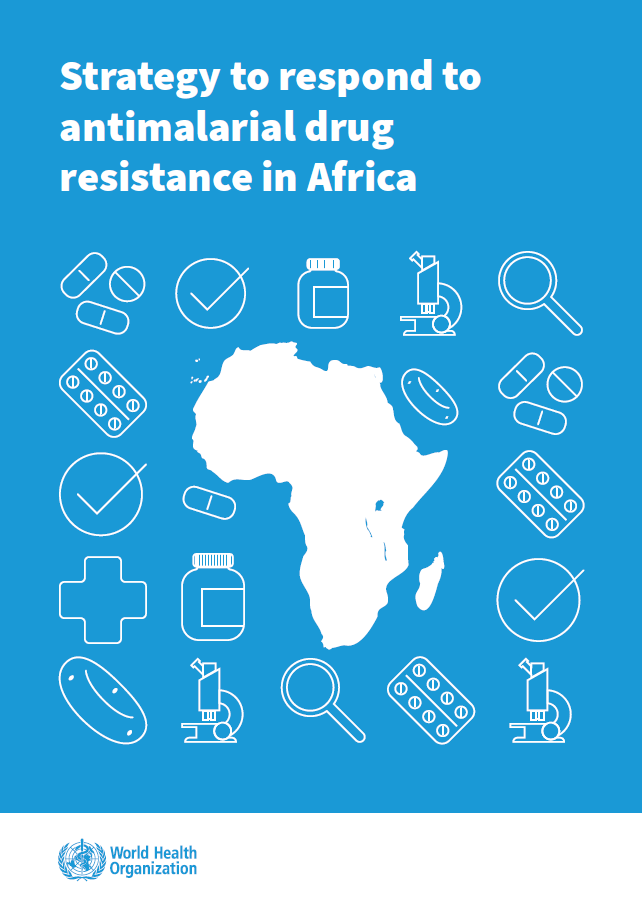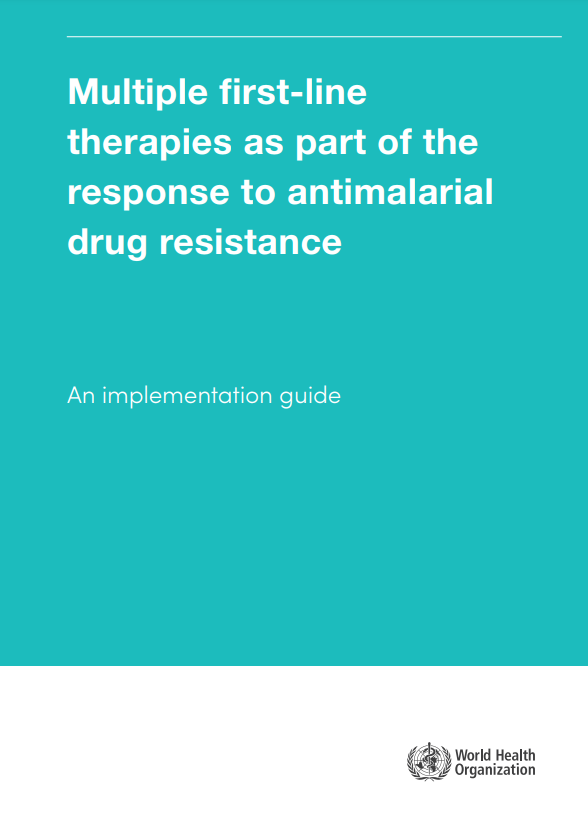Warning: Undefined array key "file" in /var/www/vhosts/gestortectic.com/mesa.gestortectic.com/wp-content/plugins/fulltext-search/includes/wpfts_querylog.php on line 520
Warning: Undefined array key "file" in /var/www/vhosts/gestortectic.com/mesa.gestortectic.com/wp-content/plugins/fulltext-search/includes/wpfts_querylog.php on line 520
Warning: Undefined array key "file" in /var/www/vhosts/gestortectic.com/mesa.gestortectic.com/wp-content/plugins/fulltext-search/includes/wpfts_querylog.php on line 520
Warning: Undefined array key "file" in /var/www/vhosts/gestortectic.com/mesa.gestortectic.com/wp-content/plugins/fulltext-search/includes/wpfts_querylog.php on line 520
Warning: Undefined array key "file" in /var/www/vhosts/gestortectic.com/mesa.gestortectic.com/wp-content/plugins/fulltext-search/includes/wpfts_querylog.php on line 520
Warning: Undefined array key "file" in /var/www/vhosts/gestortectic.com/mesa.gestortectic.com/wp-content/plugins/fulltext-search/includes/wpfts_querylog.php on line 520
Warning: Undefined array key "file" in /var/www/vhosts/gestortectic.com/mesa.gestortectic.com/wp-content/plugins/fulltext-search/includes/wpfts_querylog.php on line 520
Warning: Undefined array key "file" in /var/www/vhosts/gestortectic.com/mesa.gestortectic.com/wp-content/plugins/fulltext-search/includes/wpfts_querylog.php on line 520
Warning: Undefined array key "file" in /var/www/vhosts/gestortectic.com/mesa.gestortectic.com/wp-content/plugins/fulltext-search/includes/wpfts_querylog.php on line 520
Warning: Undefined array key "file" in /var/www/vhosts/gestortectic.com/mesa.gestortectic.com/wp-content/plugins/fulltext-search/includes/wpfts_querylog.php on line 520
Warning: Undefined array key "file" in /var/www/vhosts/gestortectic.com/mesa.gestortectic.com/wp-content/plugins/fulltext-search/includes/wpfts_querylog.php on line 520
Warning: Undefined array key "file" in /var/www/vhosts/gestortectic.com/mesa.gestortectic.com/wp-content/plugins/fulltext-search/includes/wpfts_querylog.php on line 520
Warning: Undefined array key "file" in /var/www/vhosts/gestortectic.com/mesa.gestortectic.com/wp-content/plugins/fulltext-search/includes/wpfts_querylog.php on line 520
Warning: Undefined array key "file" in /var/www/vhosts/gestortectic.com/mesa.gestortectic.com/wp-content/plugins/fulltext-search/includes/wpfts_querylog.php on line 520
Warning: Undefined array key "file" in /var/www/vhosts/gestortectic.com/mesa.gestortectic.com/wp-content/plugins/fulltext-search/includes/wpfts_querylog.php on line 520
Warning: Undefined array key "file" in /var/www/vhosts/gestortectic.com/mesa.gestortectic.com/wp-content/plugins/fulltext-search/includes/wpfts_querylog.php on line 520
Warning: Undefined array key "file" in /var/www/vhosts/gestortectic.com/mesa.gestortectic.com/wp-content/plugins/fulltext-search/includes/wpfts_querylog.php on line 520
Warning: Undefined array key "file" in /var/www/vhosts/gestortectic.com/mesa.gestortectic.com/wp-content/plugins/fulltext-search/includes/wpfts_querylog.php on line 520
Warning: Undefined array key "file" in /var/www/vhosts/gestortectic.com/mesa.gestortectic.com/wp-content/plugins/fulltext-search/includes/wpfts_querylog.php on line 520
Warning: Undefined array key "file" in /var/www/vhosts/gestortectic.com/mesa.gestortectic.com/wp-content/plugins/fulltext-search/includes/wpfts_querylog.php on line 520
Last Updated: 17/09/2024
A pharmacokinetic and antimalarial efficacy evaluation of pyridodibemequines and their metabolites
Objectives
To investigate the in vivo pharmacokinetics (PK) of the pyridodibemequine (PDBQ) series of parents and major metabolites in a healthy murine model to allow the rational selection of candidates to be evaluated for their in vivo antimalarial efficacy and PK in a P. falciparum-infected murine model.
The recurring challenge of the emergence of drug resistance necessitates the continual development of improved antimalarial treatments, which can target parasite strains that display reduced susceptibility towards current therapy. Consequently, a novel series of dual functioning pyridodibemequine (PDBQ) compounds were designed with the intention of reversing resistance in chloroquine-resistant (CQR) strains of Plasmodium falciparum. These hybrid molecules integrate a 4-amino-7-chloroquinoline antiplasmodial core with a modified dibenzylmethylamine side chain, which interacts with the CQR mutant P. falciparum chloroquine resistance transporter (PfCRT) to hinder the efflux of chloroquine (CQ) from its site of action, thereby reversing CQ resistance. The parent compounds of the PDBQ series, which differ in the ortho-, meta-, and para-orientation of the dibenzylmethylamine side chain, displayed favourable in vitro potency against chloroquine-sensitive (CQS) and CQR strains of P. falciparum; however, they were shown to be metabolically labile. Structure elucidation demonstrated that all formed PDBQ metabolites retained the 4-amino-7-chloroquinoline pharmacophore of the parent. Thus, the major metabolites, M1 and M2, generally conserved the in vitro antimalarial activity and selectivity of the parent compounds. Mechanistic studies revealed that the antiplasmodial activity of the PDBQ parent compounds and major metabolites primarily results from the inhibition of haemozoin formation, culminating in a toxic accumulation of ferriprotoporphyrin IX. The parents and major metabolites exhibited minimal toxicity against a mammalian cell line, and the metabolites are proposed to display reduced systemic toxicity, and human ether-a-go-go-related gene liability compared to the parent compounds. Furthermore, the major metabolites generally exhibited similar or improved in vitro solubility, permeability, lipophilicity, and metabolic stability compared to the parent compounds. Therefore, given their favourable in vitro characteristics, the major active metabolites of each parent PDBQ compound were further evaluated in this project to determine their potential as early preclinical antimalarial lead candidates. For the PK studies in healthy and malaria-infected mice, analyte detection from whole blood was achieved using high-performance liquid chromatography coupled to tandem mass spectrometry. The bioanalytical methods were developed and partially validated based on a fit-for-purpose approach, which ensured that the generated PK concentration data was reliable and accurate. Lastly, given the significance of combination therapy in delaying the onset of drug resistance, fixed-dose ratio isobologram analyses were performed to probe the potential of the lead candidates to be used synergistically with an antimalarial partner drug possessing a distinct mechanism of action to haemozoin inhibition. Additionally, the ability of the lead candidates to reverse CQ resistance was evaluated in a CQR strain of P. falciparum. A comparative PK study was performed in a healthy murine model to determine whether the parent PDBQ compound should be used as a strategy to deliver the active metabolites or whether the active major metabolite should be directly administered. This was achieved by oral administration of the parent PDBQ compound and subsequent quantification of the parent compound and formation of the major metabolites. In addition, each pre-synthesised major metabolite was orally administered, at the equivalent parent dose, to characterise the PK profile of the individual active metabolite. These PK studies revealed that the overall oral exposure of the antimalarial pharmacophore was markedly greater after direct administration of the preformed metabolite compared to the cumulative oral exposure of the parent and formed metabolites after administration of the parent PDBQ compound. Furthermore, the metabolites attained higher maximal concentrations and maintained circulating concentrations which favourably exceeded their respective in vitro half-maximal inhibitory concentration at 24 h post-oral administration compared to the parent compounds at the equivalent oral dose. These findings substantiated the direct administration of the preformed PDBQ major metabolite over the parent compound. From the series of PDBQ metabolite derivatives, compounds 43M1 and 47M1 displayed the highest maximal concentrations of 8 ± 1 and 9.4 ± 0.5 μM, respectively and the greatest oral exposures of 62 ± 3 and 93 ± 9 µM.h, respectively, after single 20 mg/kg oral administrations of either 43M1 or 47M1. Given their encouraging PK profiles, 43M1 and 47M1 were selected to progress to the subsequent phase of the study which evaluated their in vivo antimalarial efficacy and pharmacokinetic/pharmacodynamic (PK/PD) relationship in a P. falciparum-infected humanised murine model. 43M1 and 47M1 were efficacious against asexual intraerythrocytic P. falciparum infection in humanised mice, where both compounds displayed a 98% reduction in parasitaemia after 4 consecutive daily oral administrations of 20 mg/kg of either 43M1 or 47M1 compared to the untreated control. The PK/PD analysis revealed dose-dependent reductions in parasitaemia; and the doses required to produce 90% of the maximal parasiticidal response (ED90) were 12 and 7.7 mg/kg for 43M1 and 47M1, respectively. Additionally, the oral exposures required to achieve the effect at the ED90 were 6.2 and 18.6 µM.h for 43M1 and 47M1, respectively. 43M1 or 47M1 demonstrated overall in vitro antimalarial synergy with dihydroartemisinin or atovaquone and additivity with methylene blue in CQS and CQR strains of P. falciparum. 43M1 or 47M1 with mefloquine or lumefantrine displayed in vitro antimalarial synergy in a CQS strain of P. falciparum; however, in a CQR strain, antagonism and additivity were displayed with mefloquine and lumefantrine, respectively. Additionally, 43M1 and 47M1 were unable to potentiate the in vitro antiplasmodial activity of CQ in a CQR strain of P. falciparum which suggested that, unlike the parent PDBQ compound, the metabolite did not possess the ability to reverse CQ resistance. The promising in vivo antimalarial efficacy of 43M1 and 47M1 against P. falciparum and their prospective in vitro antimalarial synergy with dihydroartemisinin and atovaquone underlines the potential of 43M1 and 47M1 for further development as preclinical antimalarial candidates.
Sep 2021


